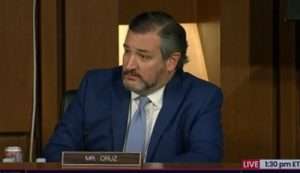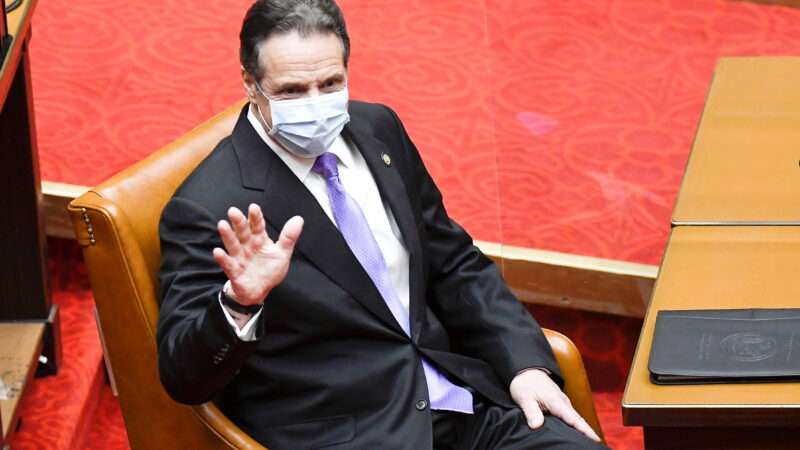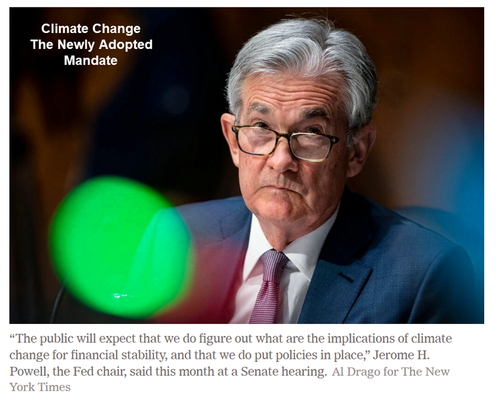When he blocked enforcement of state and local bans on indoor and outdoor dining in San Diego County last week, Superior Court Judge Joel Wohlfeil cited a lack of evidence that restaurants following COVID-19 safeguards such as occupancy limits and physical distancing posed a significant public health risk. Politicians and public health officials tend to assume that dining out is an important source of coronavirus transmission. But while the evidence is limited and mixed, data from New York and California suggest that restaurants’ role in the epidemic has been exaggerated in at least some parts of the country.
New York Gov. Andrew Cuomo, who allowed indoor dining in New York City to resume at the end of September, shut it down again last week. Yet the statewide contact tracing data that Cuomo released on December 11 indicate that restaurants account for a very small share of COVID-19 infections. According to Cuomo’s numbers, which are based on 46,000 cases since September, just 1.4 percent of infections were traced to “restaurants and bars.”
The percentages reported for retailers, gyms, and “hair & personal care” were even tinier: 0.6 percent, 0.14 percent, and 0.06 percent, respectively. But all of these sources paled in comparison with “household/social gatherings,” which accounted for 74 percent of the cases.
Cuomo’s numbers did not indicate what share of the cases associated with restaurants and other businesses involved customers rather than employees. But data from Los Angeles County—the most populous local jurisdiction in the country, with 10 million residents—shed some light on that question. The Los Angeles County Department of Public Health reports 500 COVID-19 clusters involving three or more laboratory-confirmed cases in nonresidential settings. About 40 of those (8 percent) involved restaurants, with the number of cases ranging from three to 12. But all of the cases involved employees rather than diners.
In late October, by contrast, Los Angeles County Public Health Director Barbara Ferrer said “we’ve…seen somewhere between 10 and 15 percent of our cases being connected to a dining experience.” A month later, the ABC station in Los Angeles reported, based on county data, that “restaurants have been linked to less than 4% of coronavirus outbreaks in non-residential settings.”
The difference between “cases” and “outbreaks” may explain some of that gap. But during a press briefing on November 23, Ferrer conceded that estimating the contribution of particular infection sources is an iffy proposition. “I wish we could answer this question,” she said. “I think people would feel better if we could say with certainty where people got infected, but we just can’t.”
California Gov. Gavin Newsom banned indoor dining in Los Angeles County at the beginning of July. Last month the county imposed a ban on outdoor dining that was blocked earlier this month by Superior Court Judge James Chalfant, who said it was “not grounded in science, evidence, or logic.” But by then, Los Angeles County was subject to a state ban on outdoor dining that kicks in when a region’s available ICU capacity drops below 15 percent.
California Health and Human Services Secretary Mark Ghaly has admitted that the ban was not based on evidence that outdoor dining was playing a significant role in spreading COVID-19. Ghaly said the policy is “not a comment on the relative safety of outdoor dining” but is instead aimed at discouraging Californians from leaving home.
Judge Wohlfeil did not merely question the ban on outdoor dining. He said neither San Diego County nor state officials had presented any evidence that indoor dining, when operated in compliance with occupancy limits and other COVID-19 safeguards, was contributing to the local spread of the disease either.
The San Diego County Health and Human Services Agency reports that “bars and restaurants” accounted for 9.2 percent of “potential community exposure settings” mentioned by people who tested positive for COVID-19 in interviews conducted from June 5 to December 12. But the agency does not break out restaurants as a separate category, and it adds this caveat: “Potential community exposure settings are defined as indoor or outdoor locations in which cases came within 6 feet of anyone who was not a household member for at least 15 minutes during the 2-14 days prior to symptom onset, even if the case wore a mask or facial covering. Potential exposure settings are places case-patients visited during their exposure period, not confirmed sources of infection. Persons may have visited more than one location.”
Most people (54 percent) did not mention any potential exposure settings, while less than 5 percent mentioned “group gatherings.” The latter result is surprising, given that New York’s findings say “household/social gatherings” account for three-quarters of cases. Although people might be reluctant to admit getting together with members of other households, it is not clear why they would especially reluctant in San Diego County. Maybe New York’s contact tracers are simply better at eliciting that information.
The evidence implicating restaurant dining in the spread of COVID-19 is largely indirect. A study of 10 states that the Centers for Disease Control and Prevention published in September, for example, found that people who tested positive for COVID-19 in July were more than twice as likely as control subjects who had tested negative to report visiting a restaurant in the two weeks prior to symptom onset. “Exposures and activities where mask use and social distancing are difficult to maintain, including going to places that offer on-site eating or drinking, might be important risk factors for acquiring COVID-19,” the researchers concluded.
The study found “no significant differences” between cases and controls with regard to several other possible risk factors, including shopping, spending time in an office, visiting a salon, going to a gym, visiting a bar or coffeeshop, attending church, using public transportation, and gathering with others in a home, whether the number of people was fewer or greater than 10. So if this study implicates restaurants, it also seems to absolve those other settings, which many politicians believe are risky enough to justify government restrictions. The finding regarding social gatherings is especially puzzling in light of New York’s data.
A PLoS One study published in October looked at interstate differences in case numbers and trends during the early stages of the epidemic last spring. The researchers found that “early social distancing restrictions, particularly on restaurant operations, [were] correlated with increased doubling times”—i.e., how long it took for the number of confirmed cases to double. Leaving aside the difficulty of disentangling causation from correlation, this study is not directly relevant to the question currently facing policy makers: whether allowing restaurants to operate with “social distancing restrictions” and other safeguards poses an intolerable risk.
Similarly, a Stanford University model based on mobility data projects how infections tied to particular business categories “would increase if we returned this category to pre-pandemic levels of mobility without taking additional precautions like increased mask-wearing or occupancy caps.” According to the model, “reopening full-service restaurants has the largest predicted impact on infections, due to the large number of restaurants as well as their high visit densities and long dwell times.” Fitness centers are the second most significant contributor to disease spread in this model.
Again, these projections counterfactually assume that restaurants and other businesses will operate as they did prior to the pandemic. They also focus on public “points of interest,” meaning they exclude the private gatherings that New York found accounted for the vast majority of infections. The fact that restaurants and gyms following COVID-19 precautions accounted for a very small or negligible share of cases traced in New York suggests that such businesses can operate without contributing much to the spread of COVID-19.
Restaurants may be a more significant source of virus transmission in other jurisdictions. In Houston, where restaurants have been allowed to operate at 75 percent of capacity since mid-September (compared to 25 percent in New York City prior to last week’s ban), 8.7 percent of people who tested positive for COVID-19 have reported restaurants as a potential source of exposure in interviews conducted since June 1.
During her presentation in October, Ferrer claimed that in Louisiana, “25 percent of cases had their origins in bars and restaurants.” That figure, which was reported in August, excludes outbreaks in “congregate settings” such as nursing homes and prisons, which together account for a large share of infections. Leaving out those sources, according to the latest data from Louisiana, restaurants have accounted for 7 percent of cases.
Ferrer also claimed that “in Maryland, 12 percent of cases were traced back to restaurants.” The actual finding, which Gov. Larry Hogan reported in late July based on “recent interviews conducted with COVID-19 patients,” was that 12 percent of them were employed by restaurants. Hogan also said 23 percent of the COVID-positive people who were interviewed reported eating in restaurants, which does not necessarily mean that is where they were infected. By comparison, 54 percent of the interviewees said they worked outside their homes, and 39 percent said they had visited stores—both of which Hogan likewise described as “higher-risk locations.”
California HealthLine notes that contact tracing varies widely across the country and is woefully inadequate in many places, which makes it hard to get a handle on the role that restaurants (or other sources) are playing in virus transmission. State and local restrictions on restaurants also vary widely, which compounds the difficulty. In the absence of better data, politicians continue to issue edicts that wreck local businesses without any confidence that it will do much good.
from Latest – Reason.com https://ift.tt/38sgxG3
via IFTTT



















